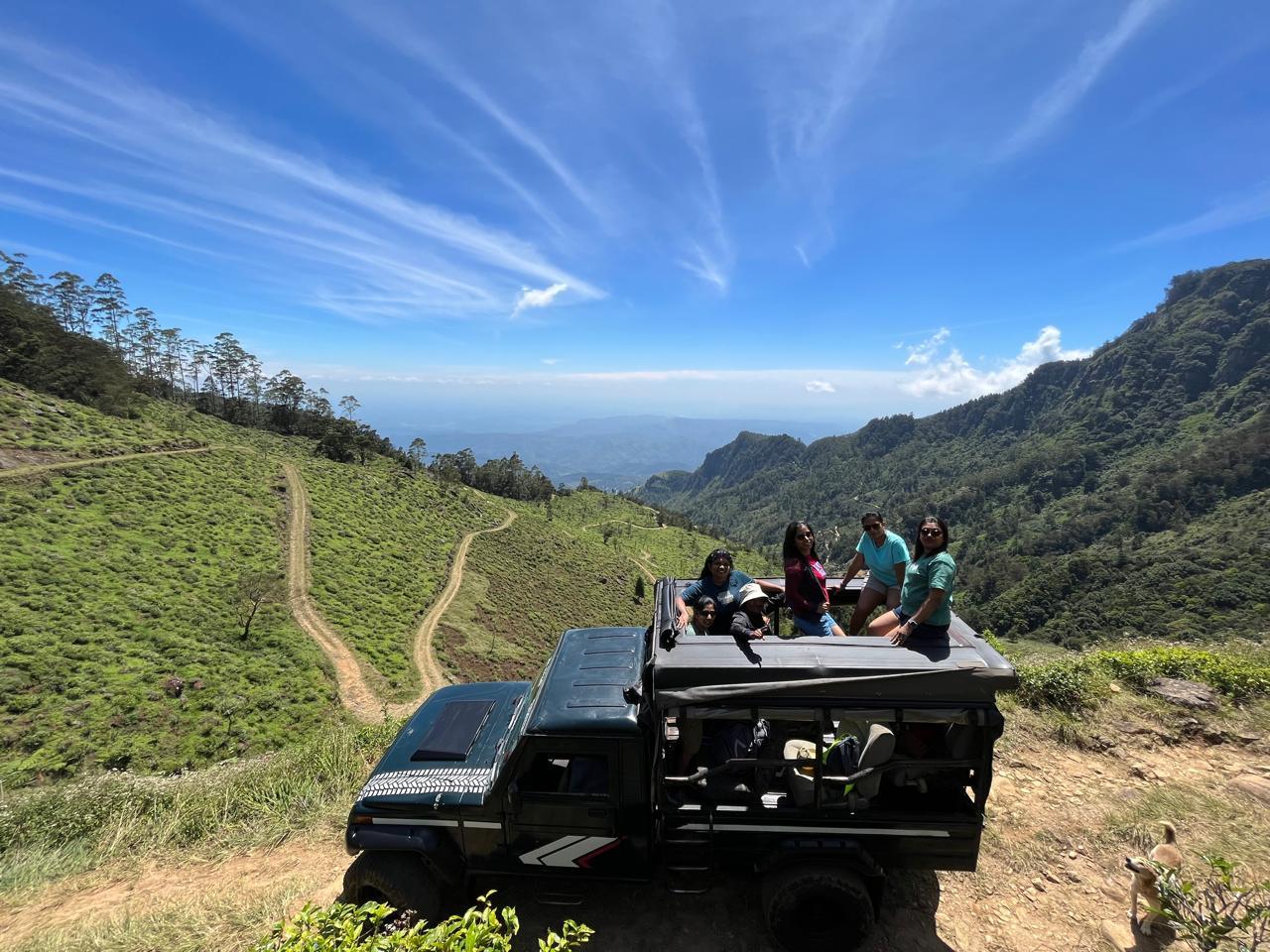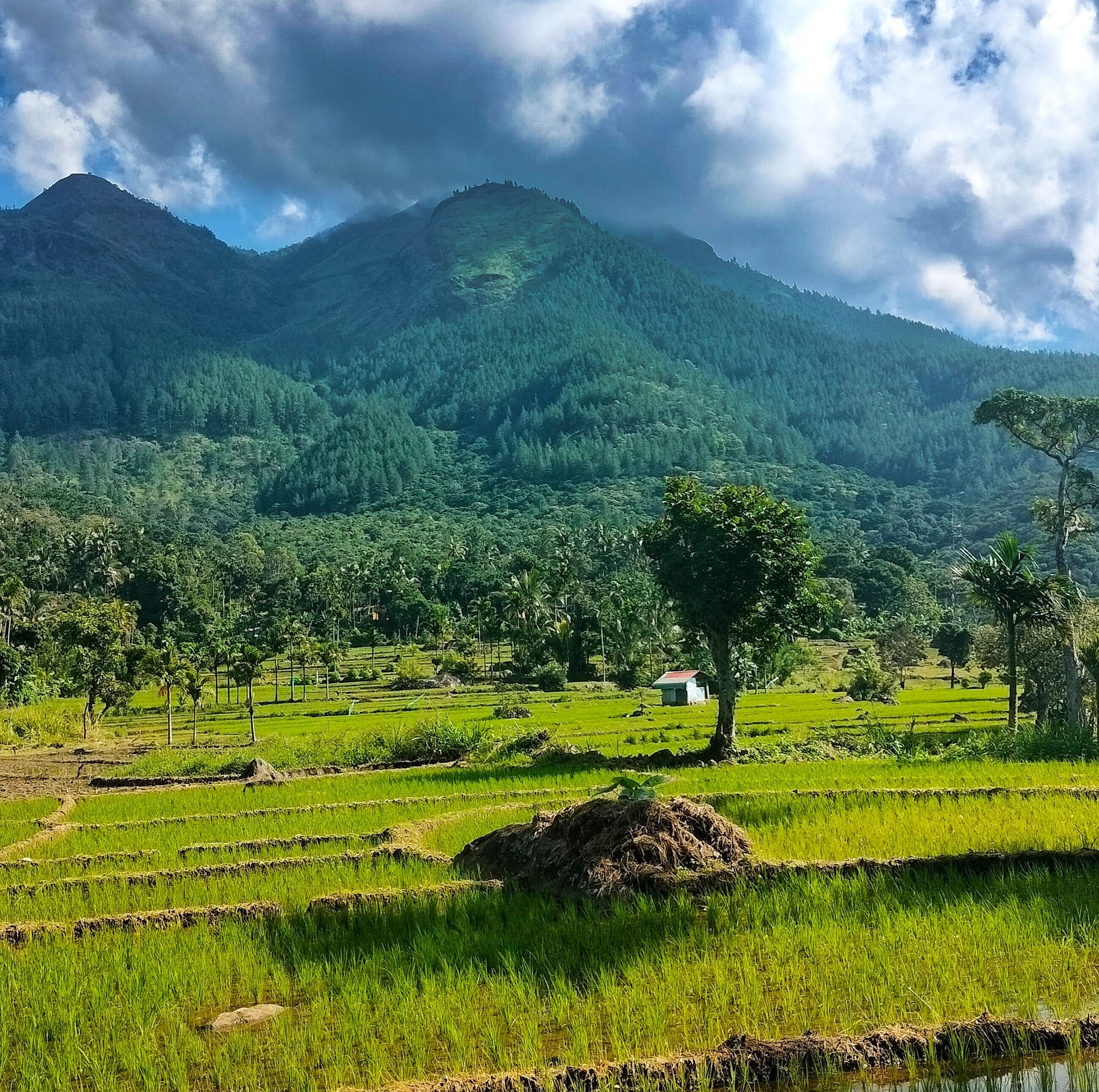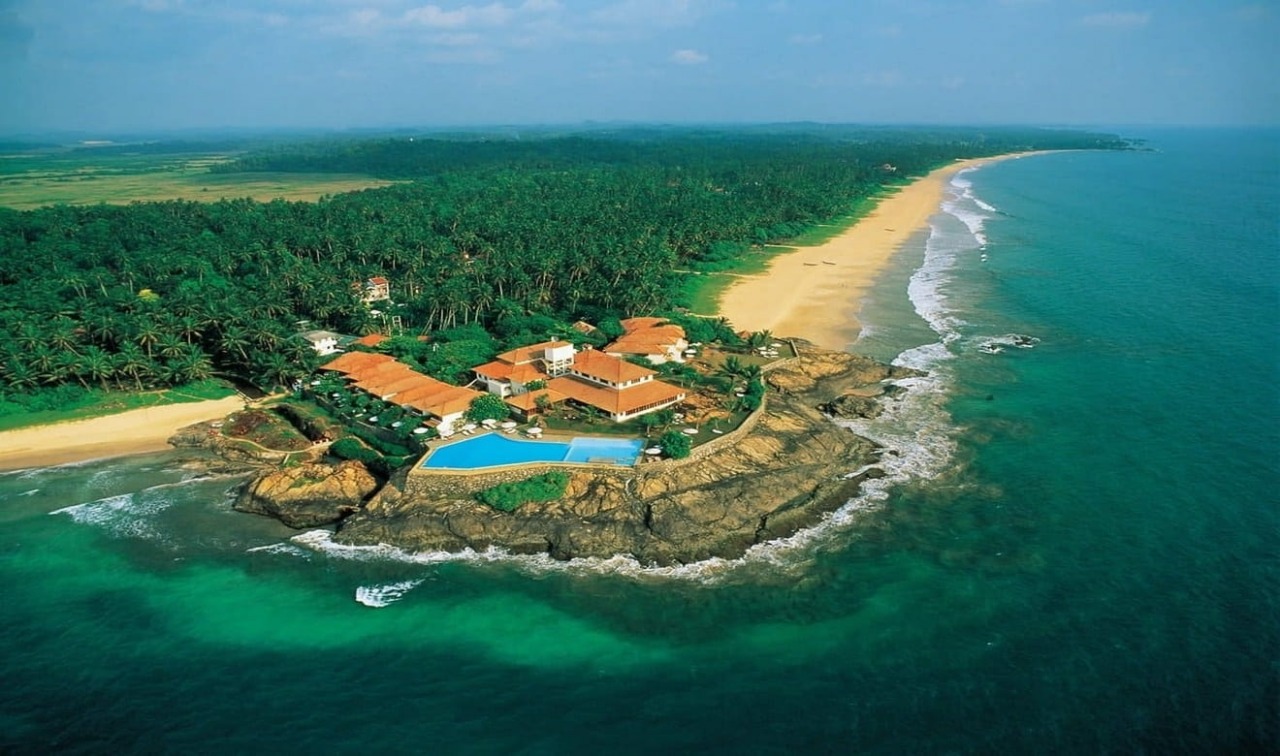The Sacred Tooth Relic
According to the Mahaparinibbana-Sutta (the Record of the Demise of the Buddha), the worship of corporeal remains of the Buddha was sanctioned by the Buddha himself on the verge of his passing away.And the Lord Buddha has declared that four noble persons are worthy of the bodily remains for being enshrined, worshiped and honored.They are the Lord Boddha, the the Personal Buddhas (Pacceka Buddhas,) the Arahanths (Buddha’s disciples) and the Universal Monarchs (Cakkavati kings).
Stupa can be mentioned as the funerary mounds which enshrined in The bodily remains of the Buddha, after their distribution among various states that claimed for the relics. According to the records of Digha Nikaya, the four canine Teeth were said to have been separately enshrined and worshipped. The right canine was worshipped in the heavenly domain of the king of gods, while another was worshipped by the king of Gandhara in modern Pakistan. The third was taken away by Nagas and worshipped in a golden shrine room. The fourth, the left canine was removed from the funerary ashes by a monk and was handed over to the king of Kalinga in Eastern India.
The Kalinga king Guhasiva in the 4th century AD sends the tooth relic to Sri Lanka with Prince Danta and Princess Hemamala in order to prevent its possession by his enemies who made war.The tooth relic is received by the then King Meghavanna in Anuradhapura and enshrined in a 3rd century holy edifice.
The tooth relic became a symbol of status denoting the right to ascend the throne, and later kings in the kingdoms of Anuradhapura, Polonnaruwa and Dambadeniya built temples for the relic close to the royal residences.In the era of the Kotte Kingdom, the temple of the tooth was situated in the royal city – Sri Jayawardenapura Kotte.With the rise of the Kingdom of Kandy the Tooth of Lord Buddha was brought to the city, where it was housed in a two story building by the King Vimaladharmasuriya I. Because of the building did not survive the ravages of time the tooth relic was taken into hiding during the Portugese Invasion in 1603. It was brought back to Kandy by King Rajasingha II almost half a century later, and rehoused in a building identical to the former building.
The current temple of the tooth was built by King Vira Parakrama Narendra Singha in the early 1700s. And, the later King Sri Wickrama Rajasinghe construct the moat and octagonal structure further more. The royal architect Devendra Moolacharya is credited with building the Paththirippuwa. Since ancient times, the relic has played an important role in Sri Lanka.
Latest Posts
Day Tours
See more
See less
Round Tours
See more
See less
Things To Do
See more
See less




